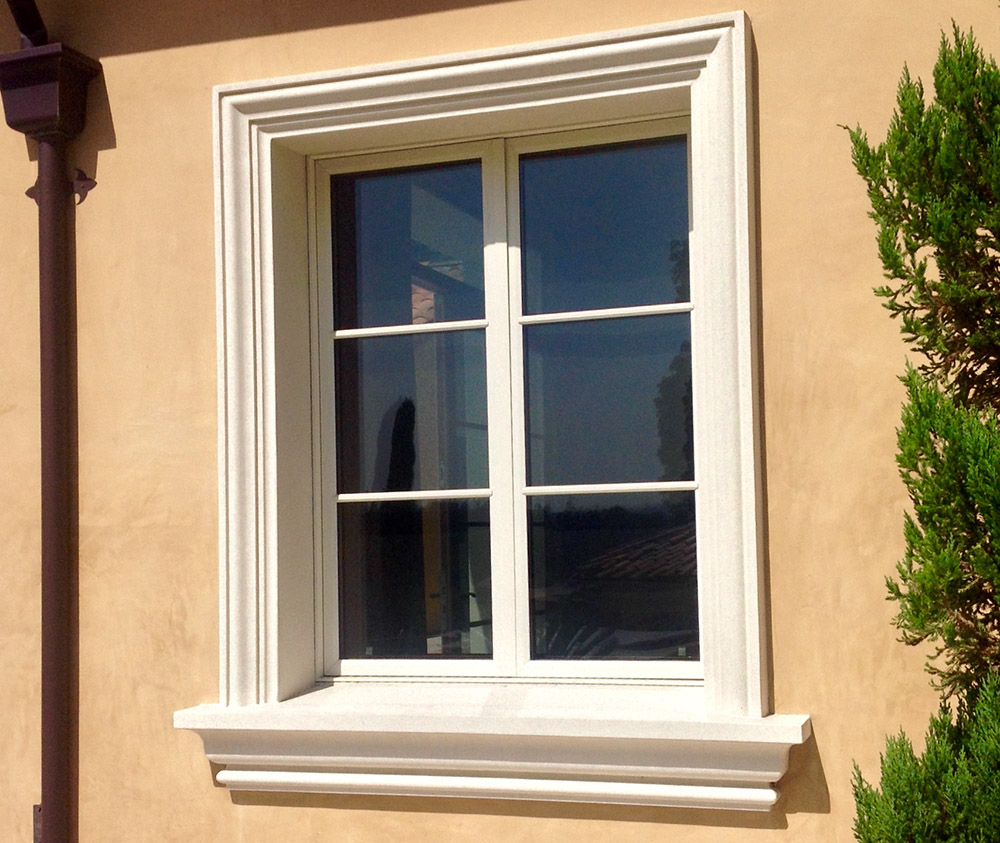Decorative moldings have been around for a long time. The human desire to create beauty in their environment has led to some magnificent architectural discoveries. Craftsmen were limited to stone, concrete, and wood to make moldings but until recently, through innovation and technology, foam was brought into the mix.
The concept of foam molding started when Europeans began using foam panels on their exterior, which is known as Exterior Insulated Foam System (EIFS). When they were replacing old-fashioned stucco systems with foam, they realized they could create a decorative trim or molding around the window as well. Little by little, this concept grew, and we have replaced stone, concrete, and wood molding with foam molding.
Foam molding is not limited to palaces and big buildings, rather, it is an affordable alternative that can be used in any residence for a stylish look. Foam moldings come in different densities for additional strength and sturdiness, making any shape or architectural feature possible at low levels as well as up high. Foam can also be coated in a variety of textures and colors.
The insulation value of foam in EIFS encourages the builders to use more foam moldings in their projects. It is also handy, when they consider R-value in their title 24 (Energy Code) calculation for buildings. When done properly, cost plummets for the builder, energy costs are reduced for the owner, and the lifespan of the
product exceeds many other materials.

